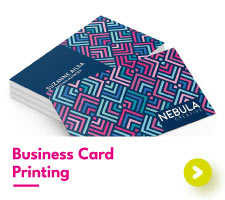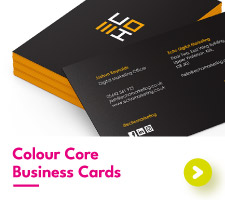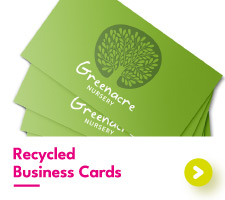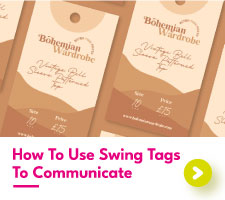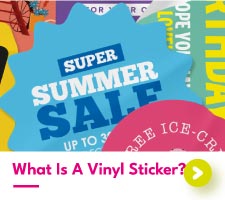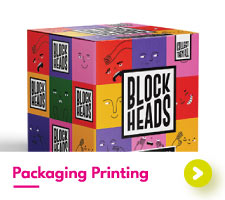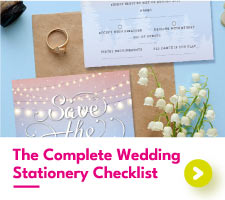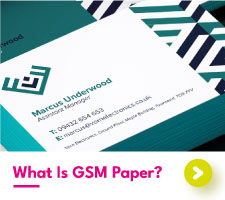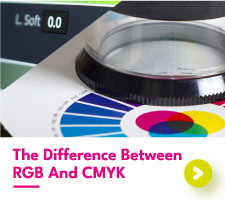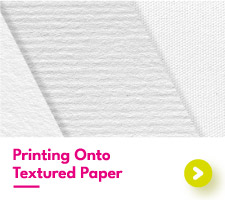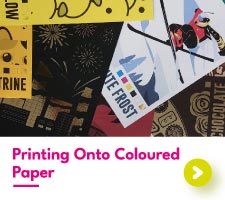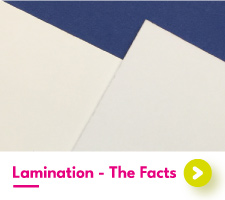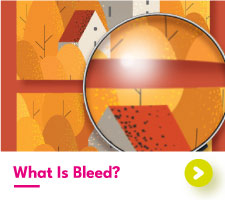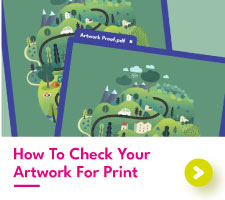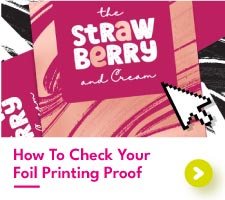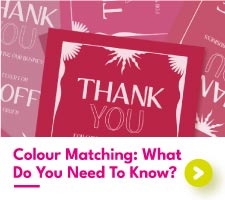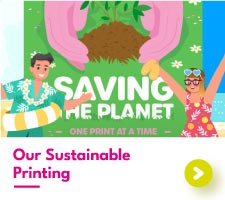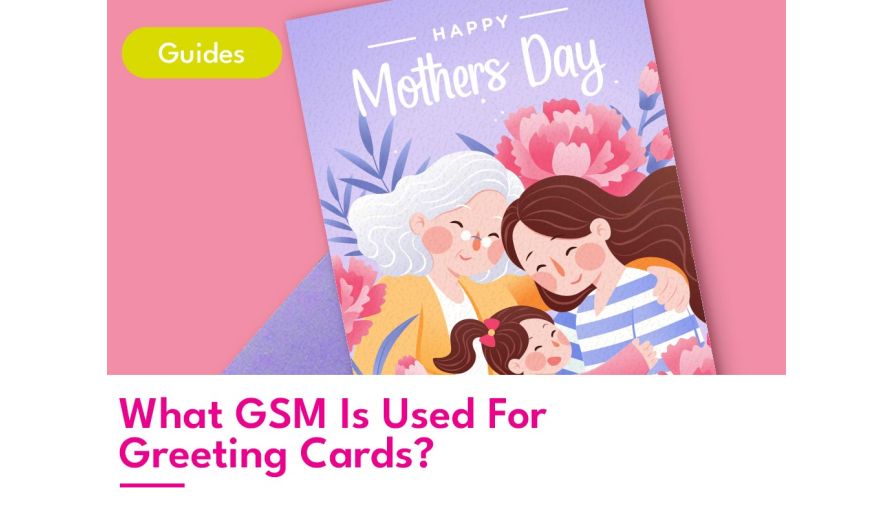Greeting Card Paper GSM
We are often asked which card stock or paper type should be used for greeting cards. The weight range for greeting card printing is between 250 to 400 gsm paper. Usually, 350 gsm card stock is considered the best paper weight for printing greeting cards to sell.

This guide to choosing the correct greeting card paper explains why there are different types and weights. For example, 400 gsm paper is a heavyweight card that is best for personalised wedding stationery or partially handmade custom greeting cards. This heavier card stock ensures that your 3D cardmaking or similar craft project doesn’t tip over. Ideal if you are going to be adding bows or die cutting shapes to stick to your cards.
Which Paper Is Best For Greeting Card Printing?
Choosing the paper type is the most important decision you will make when creating greeting cards. Having some paper knowledge helps you to pick from our enormous selection of unique paper types. After all, the paper stock can influence the finished look of your product just as much as the design itself. Want to see (and feel) our paper stocks for yourself? Why not browse our amazing sample pack range!
Essential Paper Knowledge For Ordering Greeting Cards Online
There are three paper features to think about when selecting a type of card for your project. There is the GSM value, the paper type and the finish. These three different paper features affect the look and the feel of your greeting card. Before we look at the various paper types and laminate finishes, let’s get a better understanding of gsm paper values.
What Does GSM Paper Weight Mean? (And How Does It Affect Greeting Cards?)
Paper weight is measured in GSM which stands for grams per square metre. Most of the time, the higher the gsm value, the heavier and thicker the cardstock will be. There are some exceptions to the rule because some paper types have fibres that are more compacted than others, but you can learn about all of this in our helpful blog that picks apart exactly what GSM paper is.
What Are The Different Paper Weights?
The weight of card and paper varies dramatically depending on its use. To give you an idea of what to choose, here is a quick summary of the different paper weight ranges and their best uses:
100 to 120 GSM Is Used For Office Paper And Compliment Slips
Copier paper, compliment slips and printer paper falls within this weight range. Letterhead printing is usually within this weight range too. Sometimes compliment slips can be 160gsm if they are being used as part of a direct mailing campaign.
130 to 170 GSM Is For Budget Flyers
This weight range is best used for printed flyer campaigns and double sided leaflets such as takeaway menus.
200 and 250gsm Are Used For Cover Stock
This range is the most common choice for cover stock in brochure printing.
350gsm And 400gsm For Business Card Printing
Paper over 350 gsm is often referred to as heavyweight card. Card inserts and business card printing should be at least 350 gsm. In fact, we usually recommend 400gsm for business cards, bookmarks, and custom swing tags. This is because high-quality paper makes a better impression. For more of an impact, opt for double thickness (700gsm) or colour core paper which is 800 gsm, perfect for foiled products such as metallic business cards, foiled tags, and shimmering metallic bookmarks
350 GSM Paper Is Best For Greeting Card Printing
250 and 300 gsm paper types allow printed greeting cards to stand on their edge. However, 350gsm is heavier which feels much higher quality. The extra thickness means that the greeting card is more rigid. Ideal if you are going to be posting cards in the mail. This sturdy paper is less likely to be blown over from a draught from an open window.
If you want an impressive card which feels luxurious, we recommend 400gsm heavier weight paper. If you are selling greeting cards, 400gsm paper makes a high-quality impression. This allows you to position your card designing business as premium quality, which makes your brand more valuable.
To save you time, we can finish the cards with a fold and crease line. That way, your cards are professionally folded, ready for you to ship to customers.
Best Paper Types For Greeting Cards
We have an enormous range of different paper types for you to choose from. The most popular choices are silk, uncoated and recycled paper types.
Silk Paper Benefits
Silk paper is between a gloss and a matt finish. It has a slight sheen and feels smoother and softer than uncoated paper stock. It is a popular choice for adding a little vibrancy to your artwork. In fact, most of our flyers, leaflets, business cards and brochures are printed using our high-quality silk paper.
Uncoated Paper Advantages
Uncoated paper is often considered the best paper for greeting cards because it is the easiest to write on. It’s the same paper type that is used for writing pads, notepads and books. It has a modern matt finish and does not reflect the light unlike silk paper. To discover more differences paper types, see our blog article Gloss Silk or Uncoated Paper.
Why Choose Recycled Paper Printing?
Our recycled paper looks and feels very similar to our uncoated paperstock. It’s a high-quality paper which makes your greeting cards sustainable without reducing the print quality. You can order a paper sample pack to see if you can tell the difference between these two types.
You can print on the back of your cards to tell customers that the card is printed in the UK using recycled paper from sustainable sources. This adds value to your brand and helps to position your greeting card business as an environmentally friendly alternative to your competitors.
Kraft Greeting Card Printing
Kraft card printing is the most eco-friendly choice because it is made from 100% recycled kraft paper. It has a warm earthy texture and a rustic look, which is perfect for nature inspired designs. It also works well with bold black artwork. Often simple card designs are the most striking ones when it comes to printing on kraft material.
Special Paper For Greeting Cards
Our customisation options means that you can choose to have your greeting cards printed on special paper types. If you are looking for something different, our pearlescent paper gives a pearl shine to your greeting card. The shimmer adds a beautiful touch to your design, making it stand out when it catches the light.

Conqueror textured paper is available in contour, wove and laid patterns. The slight texture on the card can help to make your design stand out. The cream contour paper is popular for wedding invitation printing because it adds an elegant and natural texture. It has a slightly hammered look and feel to the paper texture.
Best Paper Finish For Greeting Cards
Our selection of luxury laminates includes matt, gloss and a soft touch laminate. These paper finishes are used on the outer pages of greeting cards to add a protective coating. The protective laminate increases scratch resistance and protects your greeting card from dirt, damage and discolouration.
You do not need to select a laminate for your inner pages. It is recommended that you leave the inside of your card uncoated so that it is easy to write on.
What Are Laminated Greeting Cards And How Do I Choose The Best Finish?
Matt Laminate Benefits
Matt laminated greeting cards produce a lower contrast with dark coloured designs. This gives your artwork a softer look. It is popular if you want a modern matt look that does not reflect the light.
Soft Touch Laminate Advantages
Soft touch laminate is the best choice for your design if you want the outer pages to feel like velvet. It adds a luxurious velvety feel which often catches people by surprise. It feels like a short nap velvet or the skin of a soft peach. It has a matt finish that does not reflect the light.
Gloss Laminate Benefits
Adding a gloss finish to your design makes the colours more vivid and enhances your artwork. It’s the best choice if you have a colourful image based greeting card. The reflection of the light captures attention and makes your artwork stand out. It is also the most protective laminate finish with better scratch resistance than matt. For more information about our laminate finishes, read our article Laminated Business Cards : The Different Types And Benefits
Greeting Card Conclusion
There is a huge selection of customisation options for printing greeting card designs. The most popular paper choice is 350gsm uncoated paper with a soft touch laminate on the outer pages. However, there are many customisable options that you will see on our site.
On that page, the online calculator lets you pick from the many different sizes, folds, card stock and laminate finishes. We also offer a design service if you need help creating the artwork. Simply select ‘supply brief and we design’ when you place your order online.
If you've perfected the art of greeting card sales, why not add bookmarks, stickers, and tags to your Etsy store by learning how to design bookmarks, how to create your own custom stickers, and how to use swing tags to communicate your brand values.

 USA
USA FR
FR
